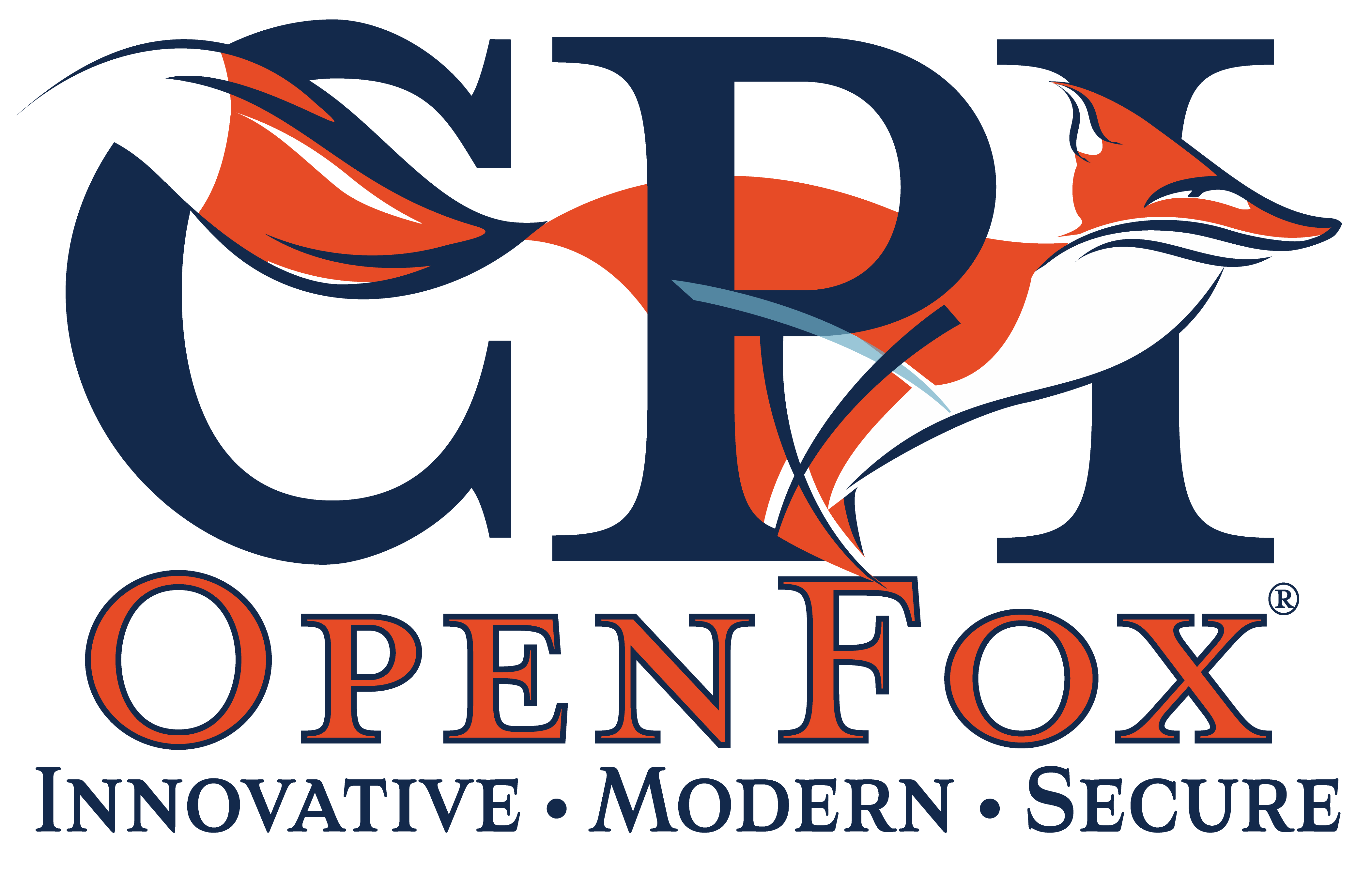Innovations in technology have helped law enforcement agencies across the country more effectively enforce laws, manage public safety and maintain crime-free communities. Law enforcement software has contributed to more informed and knowledgeable officers who spend less time performing manual tasks and more time preparing for, preventing and responding to threats.
Types Of Law Enforcement Software Often Used
There are many different types of law enforcement software available to law enforcement departments and agencies. Here is a look at some of the most popular software solutions and how they can streamline operations.
1. Evidence Management Software
 Law enforcement agencies are tasked with maintaining a large amount of data. When this data becomes lost or corrupted due to poor management, it can put cases at risk.
Law enforcement agencies are tasked with maintaining a large amount of data. When this data becomes lost or corrupted due to poor management, it can put cases at risk.
Evidence management software enables officers to collect, secure and document evidence on a convenient, centralized platform. Information can be shared between officers and investigators more easily and with a stronger security protocol.
Evidence management software allows agencies to store and transfer data from a variety of sources, such as body camera footage, audio recordings, crime scene photographs and evidence from other agency databases.
2. Case Management Software
Managing case documents in the law enforcement industry requires proper organization and a centralized system. With case management software, officers across departments and agencies can gain access to the same case files and update them in real-time.
Case management software allows officers to create workflows that effectively manage and track cases. The right software solution enables officers to manage all types of case documents, such as court status, charges, disposition and images, all from one convenient location.
3. Background Check Software
One of the most frequently used pieces of software in law enforcement is background check software. Law enforcement officers use background check software to uncover a variety of sensitive information, such as court records, arrest records, convictions, sex offenses, misdemeanors, felonies, warrants and incarceration history.
Law enforcement can also use background check software to obtain other types of information, such as driving records, drug test records, character references and military records. This type of software can even validate certain data, such as social security numbers.
4. Incident Mapping Software
Incident mapping and analysis software contains maps and other tools that law enforcement can use to perform trend analysis and plan accordingly. With incident mapping software solutions, law enforcement officials can more efficiently track and visualize locations where incidents may occur.
Incident mapping software can also provide other key benefits to law enforcement departments. This type of software can help law enforcement better allocate resources, direct public safety personnel and implement model risk management.
5. Citation Software
Law enforcement officials rely on citation software to manage traffic citation information. With citation software tools, officers can enter and share citation data within a convenient digital database. The right software can automate the time-consuming citation process while reducing human error.
Before the creation of citation software, it could take law enforcement officials days or possibly weeks for handwritten tickets to be manually entered into digital systems and ultimately reach the court. Today, citation software can be sent electronically in just seconds, ensuring that it arrives in a timely fashion to the proper authorities.
6. Scheduling Software
As with other industries, the law enforcement industry requires employees to maintain strict schedules. Scheduling software helps keep workforce schedules widely available and up-to-date. Many departments now use sophisticated software called scheduling software to ensure that officers arrive to work on time.
There are several key benefits to using scheduling software, such as improved communication among employees, reduced overtime costs and greater compliance with local labor laws. Scheduling software can also track employee access to the latest workforce schedules.
7. Dispatch Management Software
 When incidents occur, law enforcement officers must have access to all paramount information. Dispatch management software helps streamline operations by giving law enforcement officers the tools they need to record and prioritize incident calls.
When incidents occur, law enforcement officers must have access to all paramount information. Dispatch management software helps streamline operations by giving law enforcement officers the tools they need to record and prioritize incident calls.
With dispatch management software, officers can easily identify the location and status of first responders. They can also effectively dispatch responders to the scene and allocate the proper resources based on the severity of the incident.
The right dispatch management software will offer several advantages. It will automate important processes to save time and ensure that officers receive the data they need to respond quickly to incidents. It should also deliver a simple interface that is easy to use and provides a comprehensive view of all ongoing activities in the community.
Schedule A Consultation With CPI OpenFox
CPI OpenFox offers innovative law enforcement software and data-sharing solutions to departments and agencies across the law enforcement industry. CPI’s comprehensive suite of useful software tools is designed to optimize an agency’s ability to effectively store information, share data and deliver intelligent services to local communities. For more information about different types of law enforcement software, schedule a consultation with CPI OpenFox.


